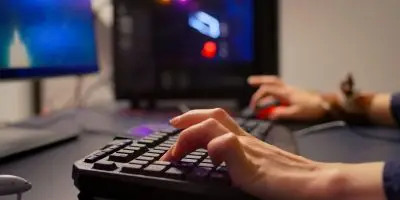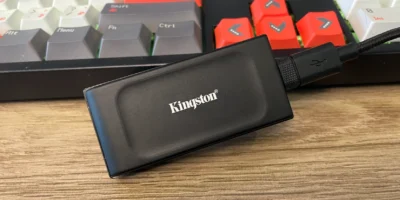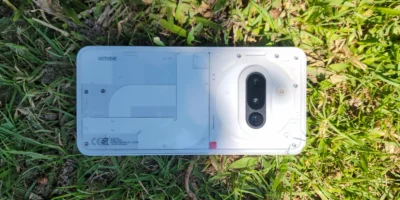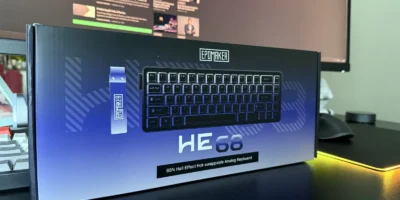Mobile phones have now become commonplace among people from all walks of life. One of the leading reasons for such widespread adoption of cell phones is the existence of a large majority of addictive apps available on these cell phones. In terms of app selection, only a few platforms can compete with Android due to the adaptable and user-friendly ecosystem of its applications.
Have you ever wished to run an Android app on your PC instead of being limited to your small phone screen? You’ll be pleased to learn, depending on your mobile device and the version of Windows running on your PC, you can run your Android apps on your PCs with little effort.
Here, we’ve rounded up different approaches through which you can enjoy various Android apps on your big PC screen.
BlueStacks
One of the simplest ways to run Android apps on PC is to use an emulator such as Bluestacks. It is one of the most popular and powerful Android emulators available, with a plethora of features. It allows you to run 32-bit and 64-bit Android apps on your PC smoothly.
To get started, follow the given steps:
- Download the latest version of Bluestacks from its official website and install it on your PC.
- Once installed, launch it.
- Click the search button on the Bluestacks home page and type in the name of the app you need.
- Install the app from the app store.
- The installed app will be listed on the BlueStacks home screen.
- To run the installed app, simply double-click it.
Link to Windows
With Microsoft’s Your Phone app, you can connect your Android phone to Windows and access the apps installed on it. Android apps can even be pinned directly to the Windows taskbar. In this method, the apps will not be running on the PC; instead, they’ll be mirrored from your phone.
- To mirror your phone with Windows, follow the given steps:
- Install Your Phone app on your Windows PC.
- Sign in to your Microsoft account.
- Launch the Link to Windows client on your Android phone.
- When prompted, grant permissions
- Once synchronization is completed, the screen of your phone will be displayed on your PC.
Android-x86
If you want something a little more feature-rich, the Android-x86 project brings you as close to true Android on your PC as you can get. It is an alternative to emulation that requires a little more effort to set up and is known as “dual-booting.“
To use Android-x86, your PC must fulfill the following prerequisites:
- Intel/AMD processor.
- Minimum 2GB RAM.
- Minimum 4GB Disk space.
- A USB port.
To run Android-x86, follow the steps given below:
- Connect an empty USB drive and download Android-x86 and UNetbootin.
- Launch UNetbootin
- Click on the Three Dots button in the bottom right corner and select the downloaded ISO file for Android-x86.
- Adjacent to Type option, select USB Drive from the dropdown menu and click Ok
- Wait until UNetbootin copies Android-x86 to your USB drive and installs it.
- Reboot your PC to enter the boot menu
- Choose your USB drive under Boot Device Selection.
- Select Install Android-x86 to Hard Disk from the UNetbootin menu.
- Select Yes to install GRUB
- A dialog box will appear asking you asks to “make system r/w,” select Yes.
- Now, Reboot your PC again.
- You can now install and use Android apps through the Google Play Store.











